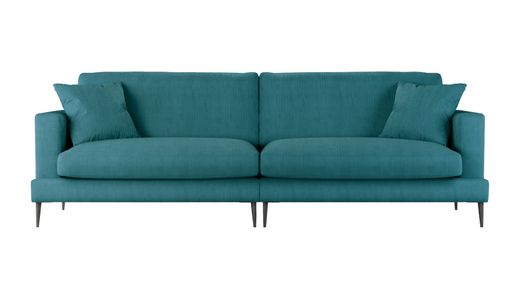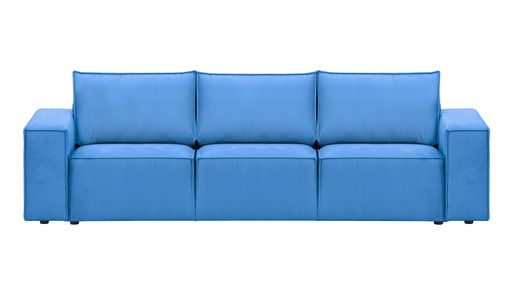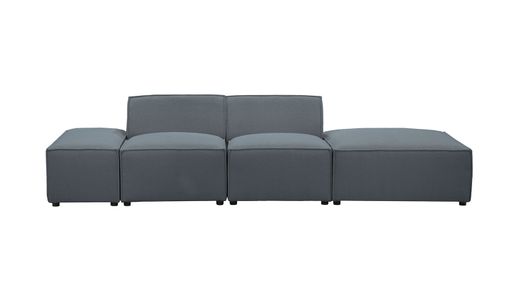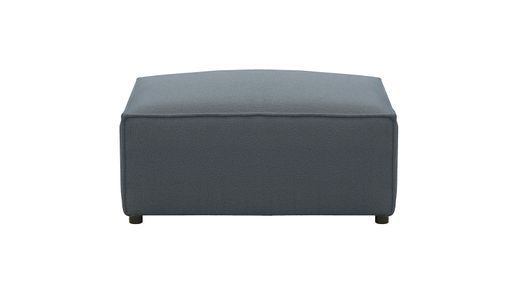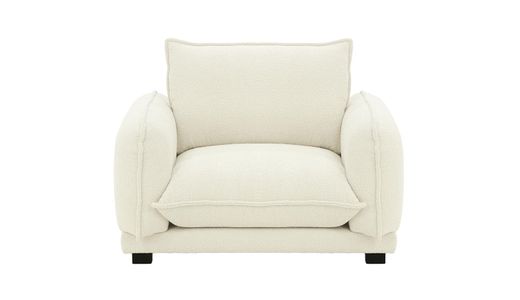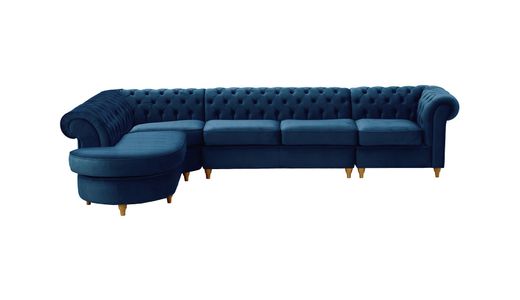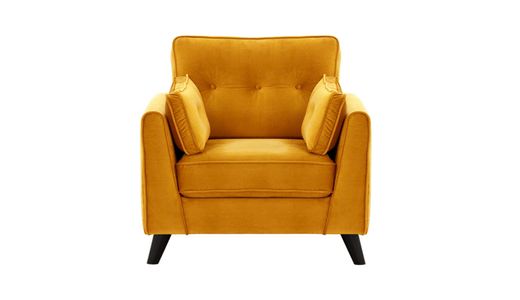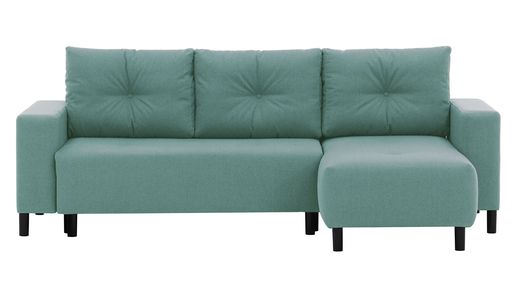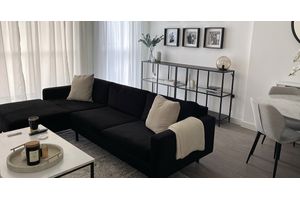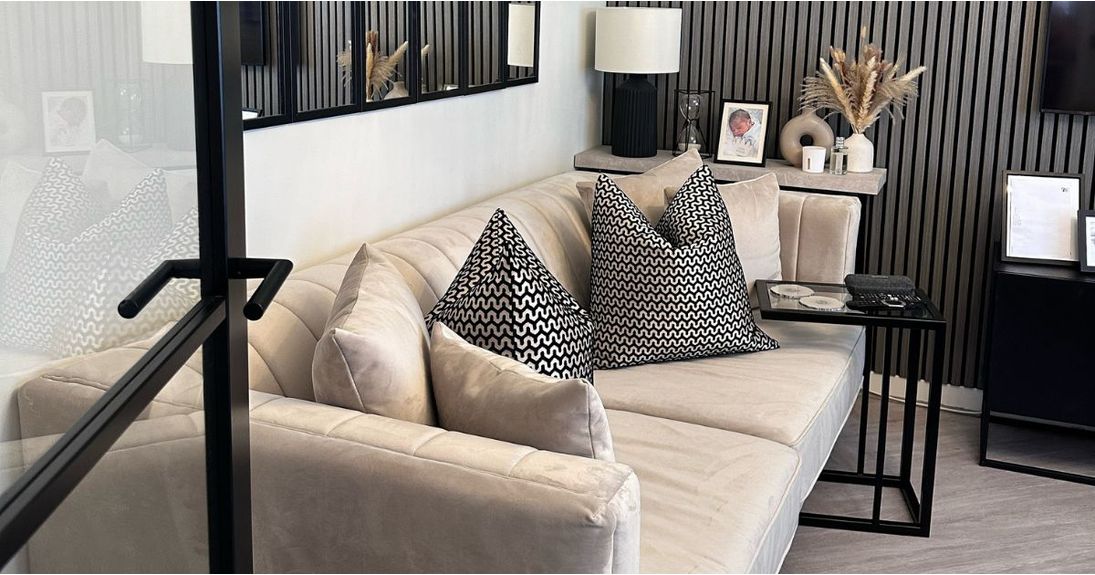
5 Layout Tips for an Awkwardly Shaped Living Room
Not every living room is a perfect rectangle with evenly balanced walls and tidy corners. Many homes – especially older properties, lofts, or apartments – come with awkwardly shaped spaces that challenge even seasoned decorators. But don’t worry: a difficult layout isn’t a design curse. It’s an opportunity to get creative, break rules, and build a room with real character. Whether you’re dealing with a narrow layout, L-shape, sloped ceilings, off-centre windows, or oddly placed doors, these layout tips will help you turn your space into something functional, balanced, and undeniably stylish.
1. Embrace Zoning Instead of Forcing Symmetry
When a room has an unusual shape, trying to impose perfect symmetry can feel forced and frustrating. Instead, embrace the room’s natural flow by thinking in functional zones rather than trying to make both sides match. Zoning helps define purpose — and creates structure where there are no straight lines to guide you.
You might have a fireplace tucked into one corner, or a doorway slicing through the centre of a wall. In those cases, use rugs, lighting, and furniture groupings to define areas: perhaps a cosy reading nook near a window, a media zone along the longer wall, and a small console or bench in an underused alcove.
Try not to centre everything just because you feel like you should. In an awkward layout, balance matters more than symmetry. The eye reads the room as harmonious when each zone has purpose — not when every chair is perfectly aligned.
2. Float the Furniture — Don’t Push It Against Walls
It’s tempting to shove all your furniture up against the walls, especially when the room feels small or oddly proportioned. But doing so often creates a sense of emptiness in the middle and makes the space feel disconnected. Instead, try floating your furniture inward — yes, even in tight or asymmetrical rooms.
A floating sofa with space behind it can anchor the room more effectively than one pressed to the wall. It invites conversation, creates more natural walkways, and makes the seating area feel like its own intimate zone. If the room has an irregular footprint — say, a corner that juts out — you might find that placing furniture away from the walls actually allows for better use of the floorplan.
Use an area rug to visually tie floating furniture together. A rug also helps define the seating space and prevents it from feeling like it’s just “floating in space.” Don’t be afraid to let a sofa back face another area, like a dining table or hallway — this creates subtle divisions and helps manage traffic flow in open or busy layouts.
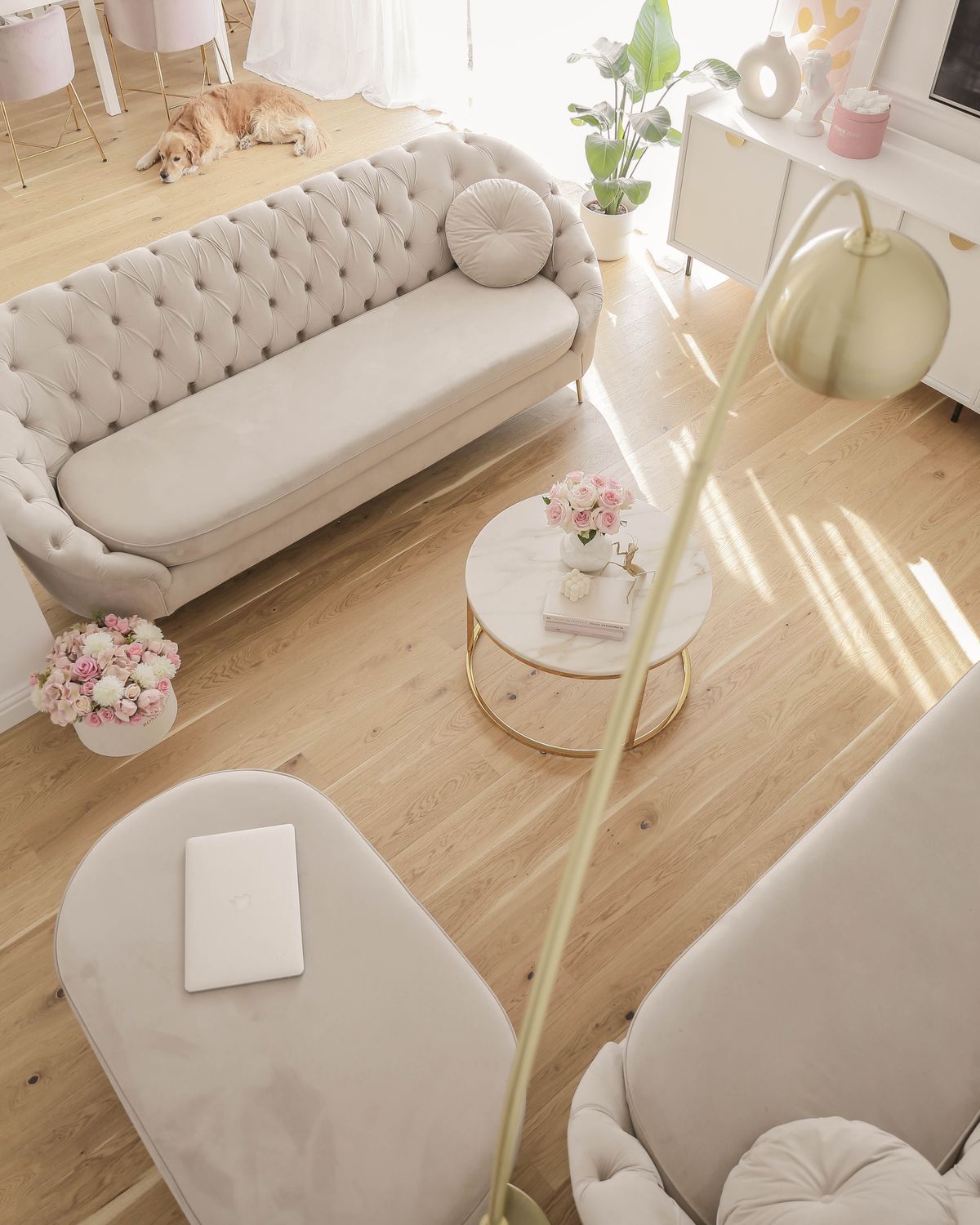
3. Choose Scaled, Modular or Multi-Functional Furniture
The right furniture can make all the difference in a tricky space. Oversized sofas and bulky media units can quickly overwhelm an irregular room, so opt for furniture that's proportionate and flexible. Look for slim, low-profile pieces that won’t crowd corners or block windows.
Modular seating — like sectionals with movable components — are a game-changer for awkward spaces. You can adapt the configuration to fit the room’s natural flow, rather than forcing a fixed piece into a shape that doesn’t suit it. Armless or corner-friendly designs are especially useful in tight layouts or spaces with unusual angles.
Check → Covex 4 Seater Modular Sofa
Also consider multi-functional furniture: ottomans with storage, nesting tables, or benches that double as seating and surfaces. These help you maximise functionality without cluttering the room. In spaces where you might only have one full wall, a narrow sofa with clean lines can provide comfort without dominating the floor plan.
4. Make the Most of Odd Corners and Architectural Features
What may seem like a design flaw — a slanted wall, an alcove, or an off-centre window — can actually become a unique design opportunity. The key is not to ignore or fight the irregularities, but to highlight and integrate them into the layout intentionally.
An awkward corner can become a built-in reading nook with a comfy armchair, a lamp, and a small side table. A strange recess in the wall? Add custom shelving or floating units to turn it into valuable storage. If you have a fireplace that isn’t centred, don’t try to balance it artificially — make it the focal point and arrange furniture asymmetrically around it.
Also consider playing with texture, colour or lighting to draw attention to unique architectural features. A bold wall sconce in a corner or wallpaper in an alcove can turn odd geometry into a statement. Let the space’s quirks define its character rather than feeling like compromises.
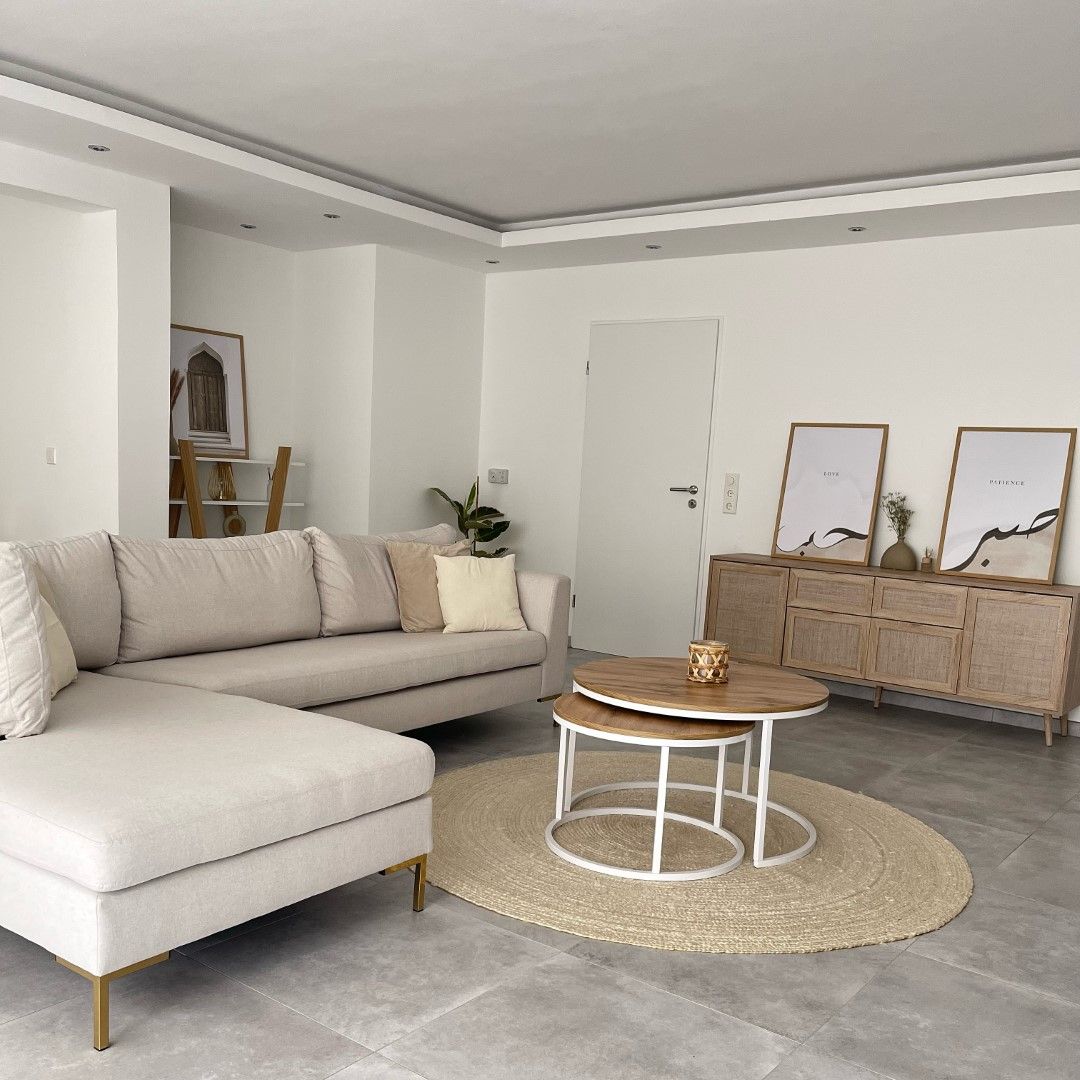
5. Let Lighting and Accessories Guide the Eye
When a room’s layout doesn’t make immediate sense, your lighting and decor choices become your secret weapon. The right use of light, shape and contrast can lead the eye where you want it to go — and balance out visual weight when the walls and furniture won’t do it naturally.
Layer your lighting carefully. Combine ambient light (overhead or wall-mounted), task light (like reading lamps), and accent light (such as floor or table lamps) to guide focus across the space. Mirrors placed across from windows can amplify natural light and open up tight or enclosed corners.
Accessories are just as powerful. Use tall plants or vertical shelves to fill blank zones, or bold artwork to counterbalance empty stretches. If one side of the room feels “furniture-heavy,” use decor on the opposite side to even things out visually. Just like in fashion, balance doesn’t mean matching — it means intentional contrast that feels pleasing to the eye.
Check → Magnus Armchair
Final Thoughts
An awkward living room doesn’t have to feel like a puzzle you can't solve. With the right mindset, some smart furniture choices, and a willingness to work with the shape instead of against it, even the strangest layouts can become the most charming, functional spaces in your home.
Don’t chase perfection — chase flow. And when in doubt, float your furniture, define your zones, and let the room’s uniqueness shine. Awkward doesn’t mean impossible. In fact, it often leads to the most memorable designs.
